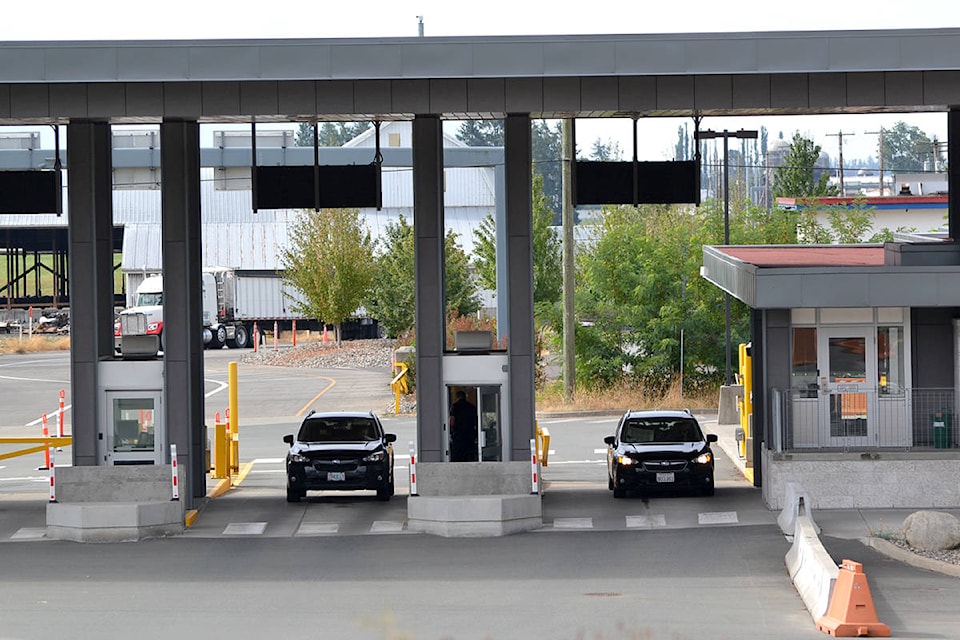Canada is once again allowing U.S. citizens and permanent residents through land crossings, provided they’ve been fully vaccinated against COVID-19.
After 17 long months, a ban on non-essential travel across the Canada-U.S. border was eased at midnight, although Americans have yet to lift their own limits on Canadian travellers.
The Lower Mainland has five land crossings, Boundary Bay-Point Roberts, Douglas-Peace Arch, Blaine-Pacific Highway, Aldergrove-Lynden, and Huntingdon-Sumas.
Larger crossings such as Peace Arch and Pacific Highway reported lengthy line-ups that prompted estimated wait times of more than two hours in the early morning.
Aldergrove, however, remained relatively quiet compared to the other crossings – with sparse traffic and no wait time.
At the Aldergrove port of entry – compared to March 2020 – the number of travellers processed in traffic operations had decreased 92 per cent in March 2021, while the number of commercial vehicles processed increased by 22 per cent.
Eligible visitors must live in the U.S. and have allowed 14 days to pass since receiving a full course of a Health Canada-approved vaccine.
READ MORE: Despite Delta variant, Canada welcomes back vaxxed U.S. citizens, permanent residents
They are also required to show proof of a negative molecular test for COVID-19 that’s no more than 72 hours old and to use the ArriveCAN app or online web portal to upload their vaccination details.
Fully vaccinated travellers who have recovered from the disease and are otherwise eligible to enter Canada can show proof of a positive molecular test taken between 14 and 90 days prior to crossing the border.
The U.S., for its part, has been mum on when it might begin to ease its own restrictions on non-essential Canadian travellers at land crossings. Air and sea travellers are exempt, though passengers by rail, ferry and pleasure boat are not.
At the very least, residents who have been separated by closures and that resorted to meeting at the physical border throughout the pandemic, have the chance to be reunited with loved ones.
Mandy Hodge, Chief of Operations at the Aldergrove port of entry, previously told The Star, that the public can keep in mind that the Aldergrove port of entry is a close alternative to Pacific Highway Commercial Operations, which sometimes sees long border wait times for commercial processing.
- with files from The Canadian Press
Have a story tip? Email: newsroom@aldergrovestar.com
Like us on Facebook and follow us on Twitter.
